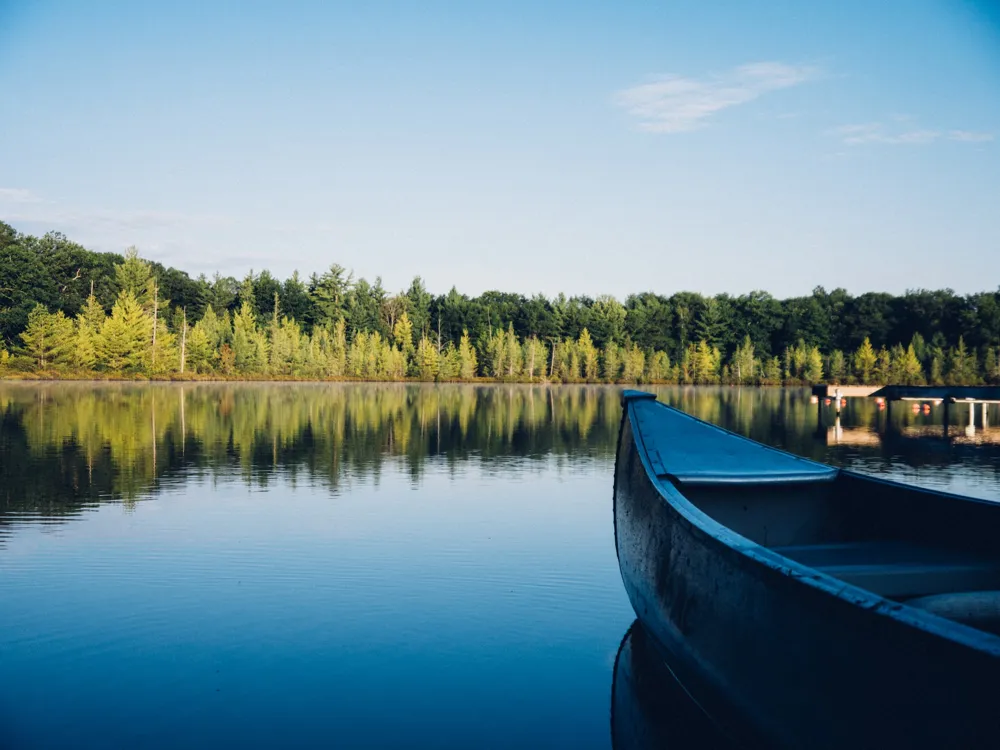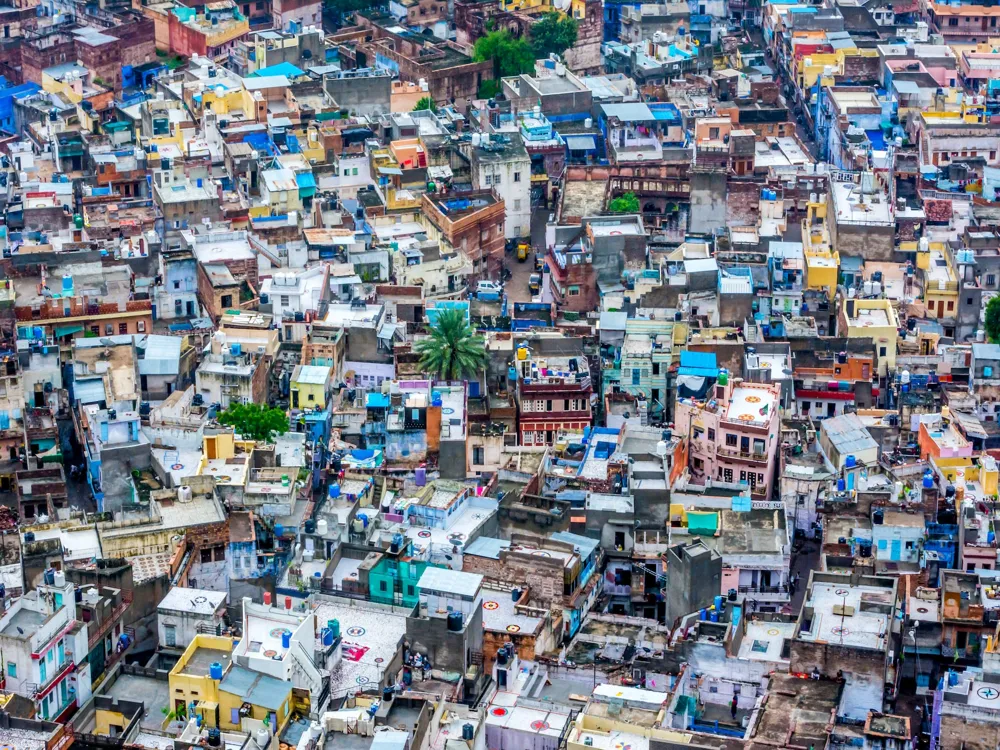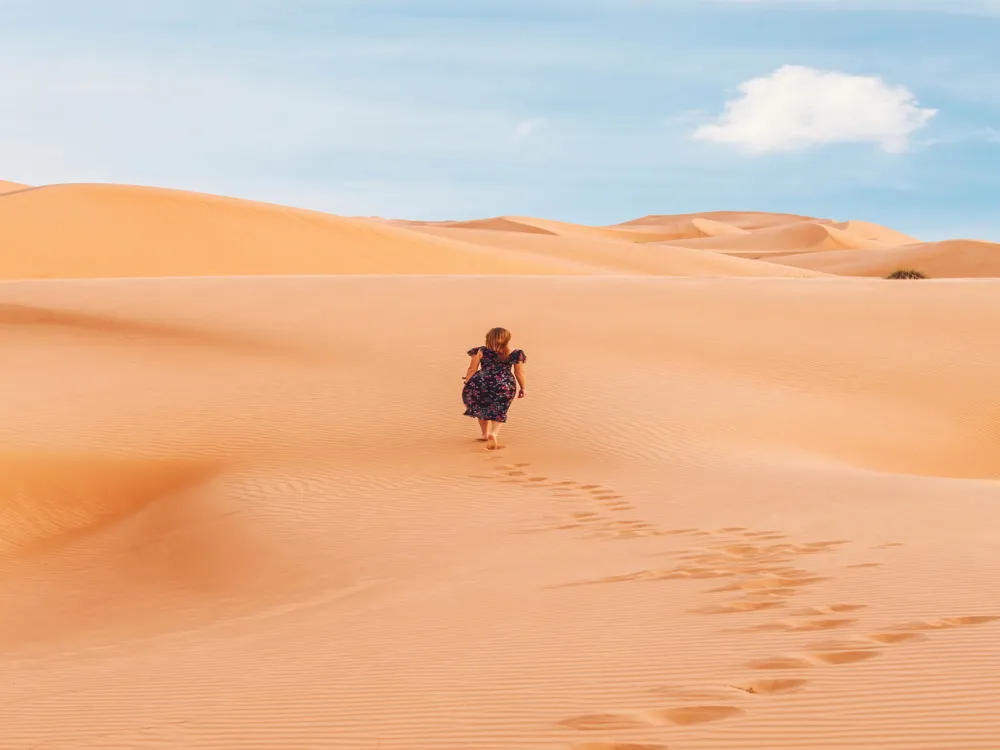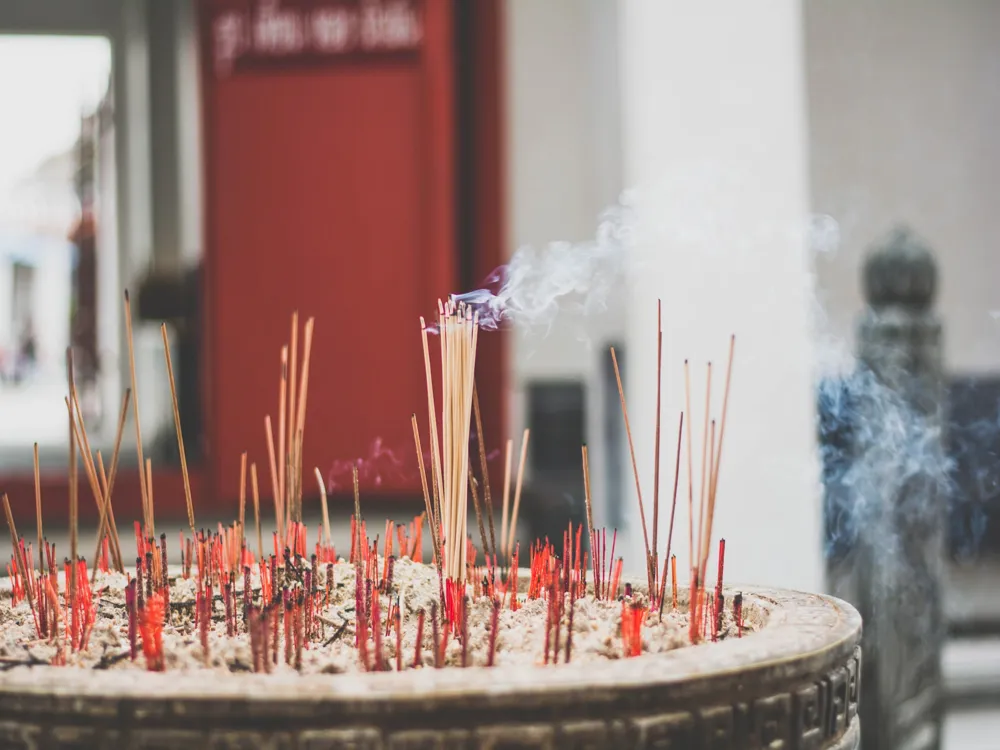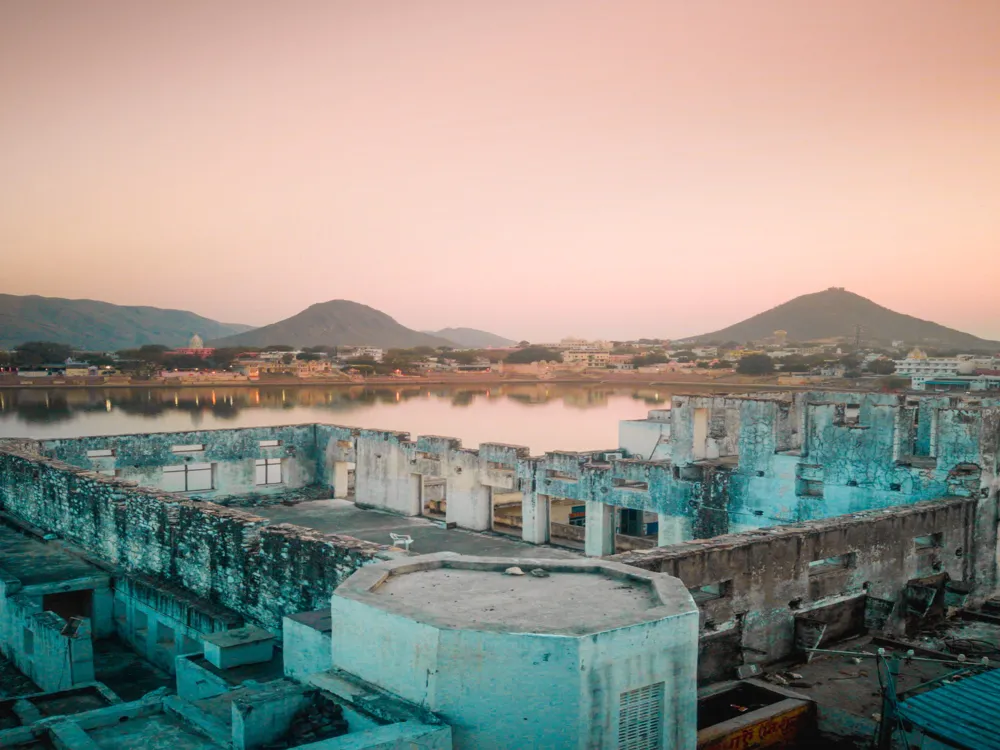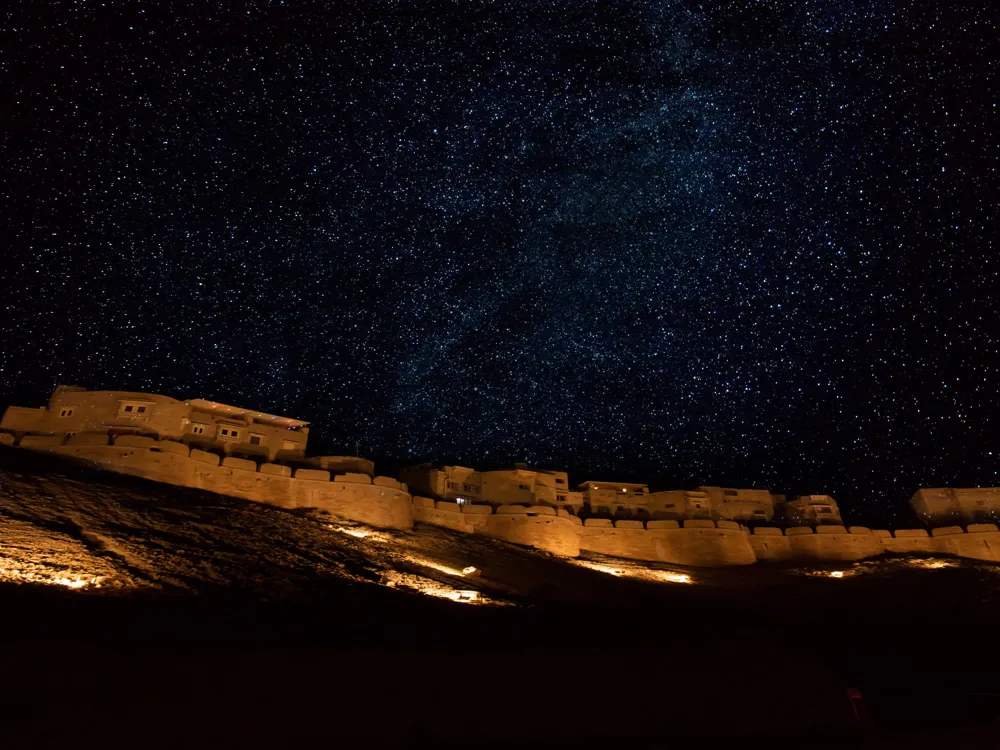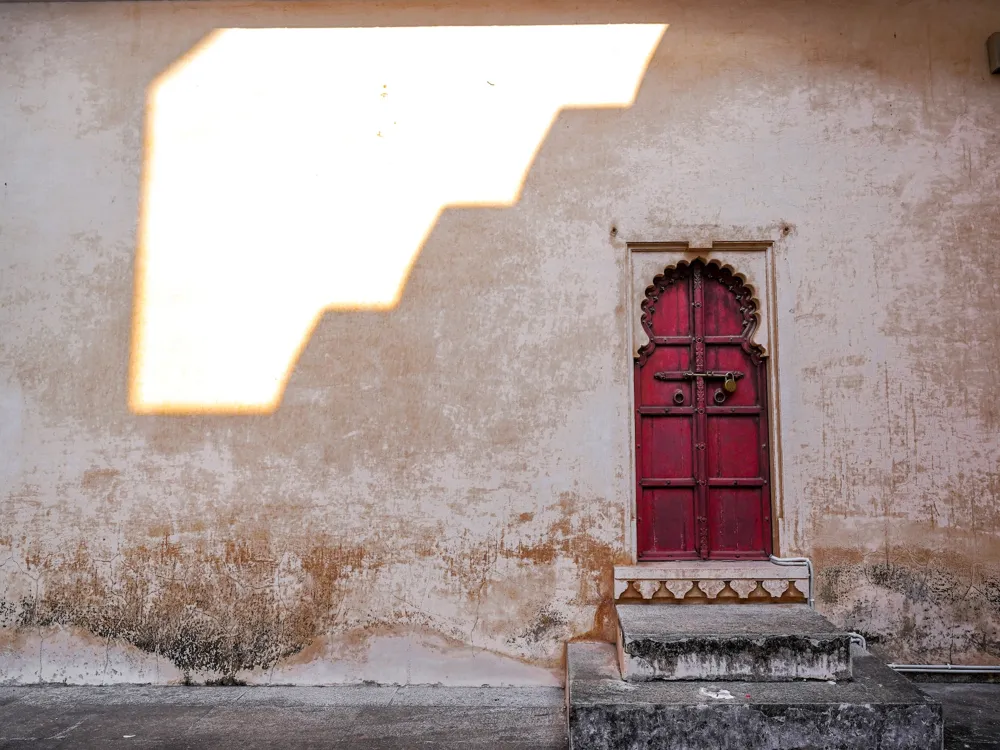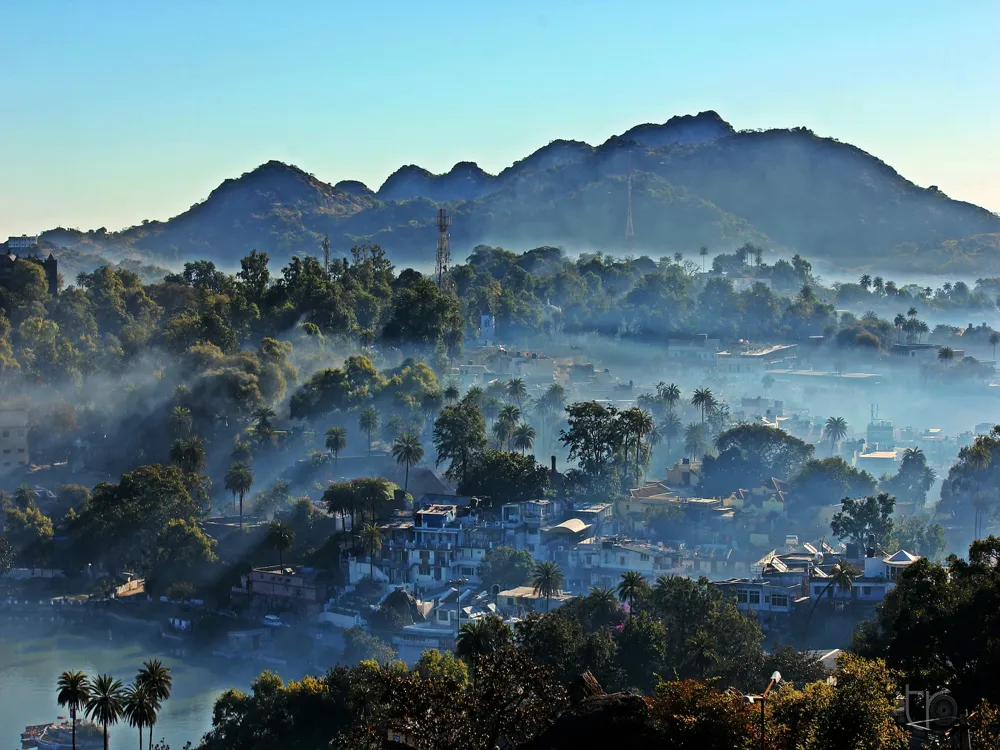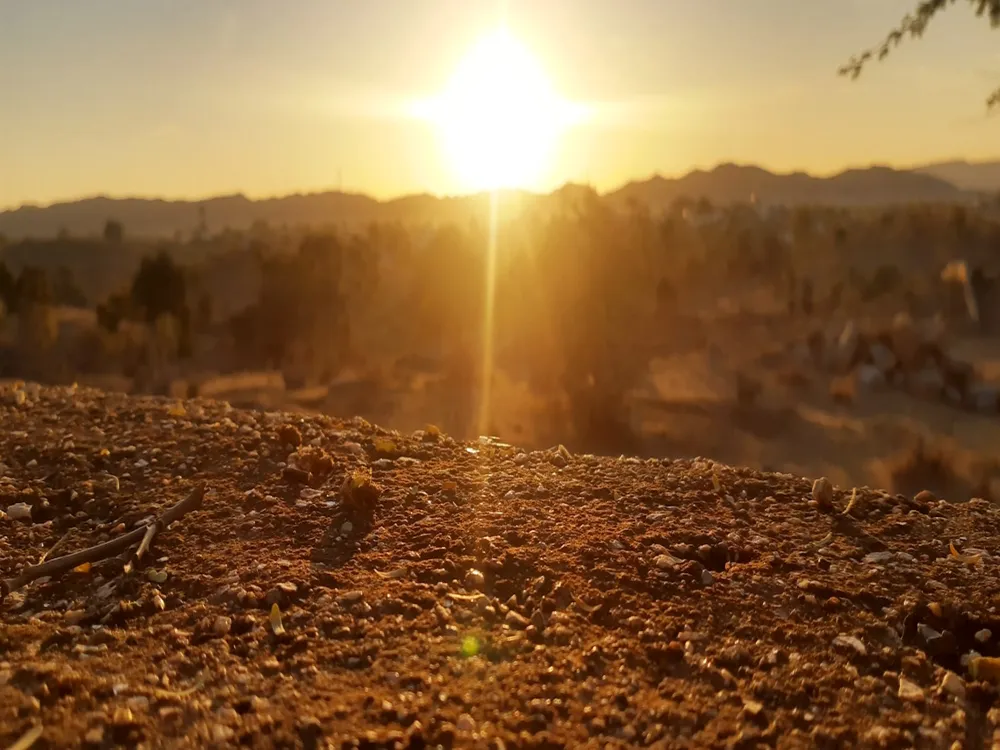Rai ka Baag Palace, nestled in the heart of Jodhpur, Rajasthan, stands as a testament to the architectural grandeur of Rajputana. Constructed in 1663 by Hadiji, the queen of King Jaswant Singh I, this palace is unique for its octagonal shape and intricate design. Unlike the rugged fortresses that Rajasthan is famous for, Rai ka Baag Palace is an epitome of elegance and delicacy. The palace's location, adjacent to the Mehrangarh Fort, adds to its historical significance. Initially built as a royal residence, it later served various purposes including a residence for the British officers during the colonial era. The palace's blend of Rajput and Mughal architectural styles makes it a fascinating subject for historians and art lovers alike. [Further 1400 words detailing the history, transformations, and cultural significance of Rai ka Baag Palace] Rai ka Baag Palace's architecture is a remarkable fusion of Rajput and Mughal styles, showcasing the finesse of Indian craftsmanship. The palace's octagonal shape is a unique feature, rarely seen in Rajputana architecture. This shape not only adds to the aesthetic appeal but also provides a strategic advantage in terms of defense and temperature control. The palace's intricate jharokhas (overhanging enclosed balconies), jaalis (latticed screens), and chhatris (elevated, dome-shaped pavilions) are quintessential examples of Rajasthani architecture. The inner courtyards are spacious, surrounded by high walls for privacy, with a central fountain that was once the focal point of royal gatherings. [Further 1400 words exploring the design elements, construction techniques, and influences from Mughal architecture] The ideal time to visit Rai ka Baag Palace is between October and March when the weather in Rajasthan is pleasant. Summers in Jodhpur can be extremely hot, making it less comfortable for outdoor explorations. Opt for a guided tour to get an in-depth understanding of the palace’s history and architecture. Many local guides are available who can provide insights into the palace's past and its significance in Jodhpur's culture. While there is no strict dress code, it is advisable to dress modestly out of respect for the local culture. Comfortable walking shoes are recommended as there is a lot of ground to cover. Photography is usually allowed in most parts of the palace, but it’s best to check for any restrictions, particularly in the interior areas or art galleries. Rai ka Baag Palace is easily accessible from all parts of Jodhpur. The nearest airport is Jodhpur Airport, which is about 5 km away. Visitors can also reach the palace by train, as Jodhpur railway station is well-connected to major cities in India. Local transportation options like taxis, auto-rickshaws, and buses are readily available to reach the palace. Read MoreOverview of Rai ka Baag Palace, Jodhpur, Rajasthan
Architecture of Rai ka Baag Palace
Tips When Visiting Rai ka Baag Palace
Best Time to Visit
Guided Tours
Dress Code and Etiquette
Photography
How To Reach Rai ka Baag Palace
Jodhpur Tourism
Rai ka Baag Palace
Jodhpur
Rajasthan
₹ 12,000 onwards
View jodhpur Packages
Weather :
Tags : Forts & Palaces
Time Required : 1 - 2 hrs
Entry Fee : No Entry Fee
Planning a Trip? Ask Your Question
Jodhpur Travel Packages
View All Packages For Jodhpur
Top Hotel Collections for Jodhpur

Private Pool

Luxury Hotels

5-Star Hotels

Pet Friendly
Top Hotels Near Jodhpur
Other Top Ranking Places In Jodhpur
View All Places To Visit In jodhpur
View jodhpur Packages
Weather :
Tags : Forts & Palaces
Time Required : 1 - 2 hrs
Entry Fee : No Entry Fee
Planning a Trip? Ask Your Question
Jodhpur Travel Packages
View All Packages For Jodhpur
Top Hotel Collections for Jodhpur

Private Pool

Luxury Hotels

5-Star Hotels

Pet Friendly







